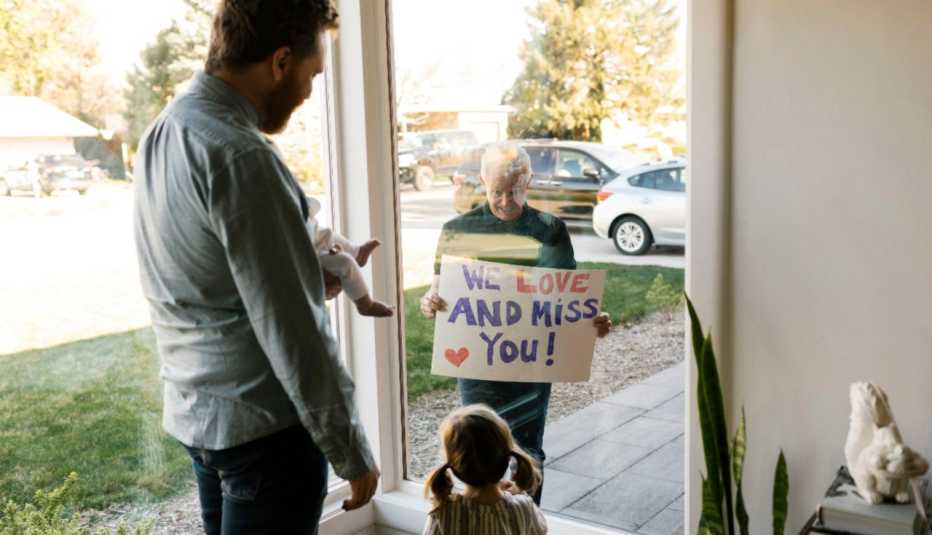Staying Fit
People are craving visits with their friends and family and in some cases are looking to COVID-19 testing to make them feel comfortable gathering and visiting.
But the CDC is advising against travel and interacting with those outside your household, and testing isn’t a foolproof way to guard against contracting or spreading the coronavirus. While testing can be useful when done right, it's not a guarantee of safety, so every family has to weigh its risk tolerance.


AARP Membership— $12 for your first year when you sign up for Automatic Renewal
Get instant access to members-only products and hundreds of discounts, a free second membership, and a subscription to AARP the Magazine.
Andrea Redican and her mother traditionally host Thanksgiving dinner for two dozen relatives at her parents' home in Garden City, New York, to kick off the holiday season every year.
So they pared down their guest list, and Redican asked everyone to get COVID-19 tests and quarantine from their test day until the feast.
"My mother will not do Thanksgiving without her grandchildren,” says Redican, 51.
Negative tests don't guarantee safety
With experts like Anthony Fauci, the federal government's foremost COVID-19 doctor and infectious disease adviser, urging people to sit out Christmas and other holidays, and with guidance from the Centers for Disease Control and Prevention (CDC) classifying large gatherings as high risk for virus transmission, testing is one option that may make families feel a bit safer about sitting down together for a holiday meal.
While testing can be useful when done right, it's not a guarantee of safety, so every family has to weigh its risk tolerance. And though many types of coronavirus tests are now available, “they're all fairly new,” says Neel Shah, an infectious disease specialist and faculty member at the University of Pittsburgh School of Medicine. They do “help detect the presence of coronavirus,” Shah says, but “the sensitivity of these tests and the specificity of these tests are still not well established."
That means a positive test can provide useful information because it “strongly suggests the presence of coronavirus,” he says, but a negative result may not certify that someone is coronavirus-free. False negatives have been reported, and timing related to exposure can also mean that tests don't pick up the virus if it hasn't taken hold yet.
"Understanding the relevance of the test and what the results mean” is key, Shah cautions.




































































